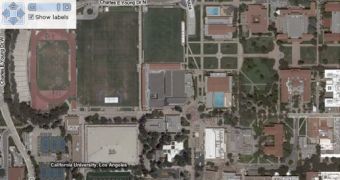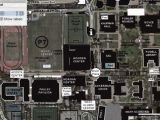There is a consistent drive for interoperability over at Microsoft. In response to consumers' needs, the Redmond company has rushed to provide support and interoperability for heterogeneous environments. This scenario more than accurately explains the strategic alliance Microsoft has inked with Novell at the end on 2006. Of course that the deal with Novell is limited to Windows and Linux interoperability for mixed source environments. When it comes to online mapping and location platforms, things are a tad different.
Microsoft Virtual Earth is eclipsed by Google Maps, at least in terms of user base. The Redmond company is constantly working on adding content, pushing Terrabytes after Terrabytes of aerial and satellite imagery updates, as well as integrating new technology that comes out fresh from the Microsoft Research laboratories. One just such an example is MSR MapCruncher for Virtual Earth. MapCruncher is nothing more than a Do-It-Yourself mapping solution that permits the supplementing of Virtual Earth's content with not only pushpins and lines, but also with the addition of entire maps. And it apparently works great with... Google Maps, at lest this is what Google is suggesting.
"For the greater good, their official Google Maps API Blog suggests using Microsoft MapCruncher for creating custom maps atop of Google maps. That's just awesome. The idea behind MapCruncher is that you have maps (in .pdf or other image format) that have the need for a better interface, specifically for the web. Well, now the $50,000 you spent having a graphic artist create renderings of your new housing community, factory layout, golf course, etc. won't go to waste," revealed Chris Pendleton, Virtual Earth Technical Evangelist.
"Well, Microsoft might just have your answer in the form of their free MapCruncher for Virtual Earth. MapCruncher will read in your map (jpg, transparent png, PDF, etc.), let you register it with the real world and at the click of a button, make a tile set ready for use as a custom GMaps tile layer. This works because by happy coincidence, Microsoft Virtual Earth and the Google Maps API use the same map projection and tiling scheme. MapCruncher takes care of all the rotating and warping of your map that is required for it to correctly appear in Gmaps," wrote Bill Chadwick, Community Developer, in an entry on the official Google Maps API Blog.

 14 DAY TRIAL //
14 DAY TRIAL // 
